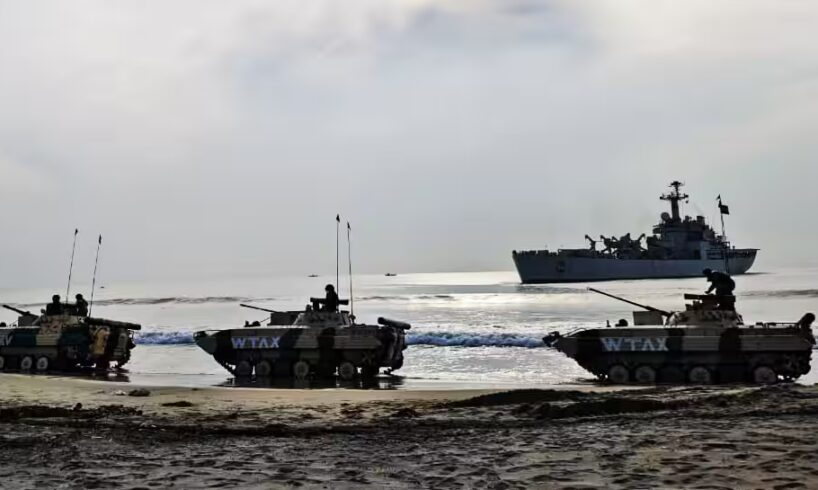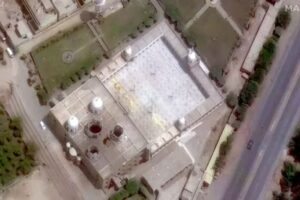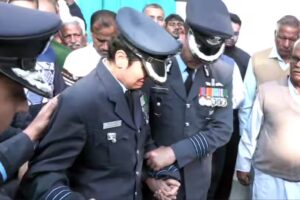
India-Pakistan Tension: A palpable spike in tensions has gripped the India-Pakistan border after the Pakistan Army was detected making unusual military movements near the Sialkot sector. Reports confirm the deployment of a fresh column of tanks and the mobilization of armored units, convoys, and logistical elements of the 19th Cavalry Regiment toward forward positions, signaling a major escalation of readiness.
The move is strategically significant, as Sialkot has long been a historical flashpoint. It was the arena for one of the largest tank battles since World War II—the Battle of Chawinda—during the 1965 India-Pakistan War, where the formidable Indian Centurion tanks inflicted heavy losses on Pakistan’s M48 Pattons. This history is not lost on military planners, as Pakistan has recently used the area for large-scale drills involving its modern arsenal, including the Haider, Al-Khalid, and Al-Zarrar tanks, expressly testing for a major conflict.
War Rhetoric From Islamabad
Add Zee News as a Preferred Source
The tank deployment comes amid increasingly aggressive rhetoric from Islamabad. Pakistan’s Defence Minister Khawaja Asif issued a chilling warning, stating that the “chances of war with India are real” and claiming that his country would achieve “even bigger success” in any future armed conflict.
“I do not want escalation, but the risks are real, and I am not denying that,” Mr. Asif said, adding that Pakistan was “keeping its guard and watching the situation.” Such bellicose statements from a high-ranking official underscore a dangerous mindset geared toward confrontation, raising alarms on the Indian side of the border.
India’s Sharp Response
New Delhi has responded to both the physical troop movements and the rhetoric with a stern and unambiguous warning, making it clear that any misadventure will be met with overwhelming force.
Indian government sources highlighted Pakistan’s attempts to undermine India’s defensive posture, recalling the “unsuccessful” Operation Sindoor and pointing out recent military infrastructure build-up in the Sir Creek area, which “makes its intentions clear.”
The most forceful statement, however, came from Indian Army Chief General Upendra Dwivedi. Addressing troops in the forward area of Anupgarh in Rajasthan’s Sriganganagar district, Gen. Dwivedi issued a powerful caution, stating that if Pakistan continues with state-sponsored terrorism, it may have to “reconsider its place on the world map.”
He stressed that India is “fully prepared this time” and would not exhibit the “restraint we exhibited during Operation Sindoor 1.0.” He promised a response so decisive that it would “alter both history and geography.” The Indian borders remain under heightened vigilance, jointly secured by the Army and the B.S.F.
India’s Unwavering Resolve
The deployment of Pakistani tanks in the Sialkot sector presents a classic challenge of coercive diplomacy, yet it’s clear that India stands in a position of strong, unwavering resolve. With its borders under heightened vigil and its military forces on full operational readiness, India is not merely reacting but setting a clear red line. The leadership’s sharp warning—that Pakistan’s continued support for terrorism could threaten its very existence on the world map—is a firm declaration that the strategic calculus has shifted.
Unlike previous engagements, New Delhi’s message is unequivocal: any attempt to breach the border or use terrorism as a tool of state policy will be met with a decisive, overwhelming, and non-restrained military response. India’s operational preparedness and political will demonstrate an unshakeable commitment to national security, positioning it as a responsible yet formidable regional power prepared to defend its sovereignty at any cost.





